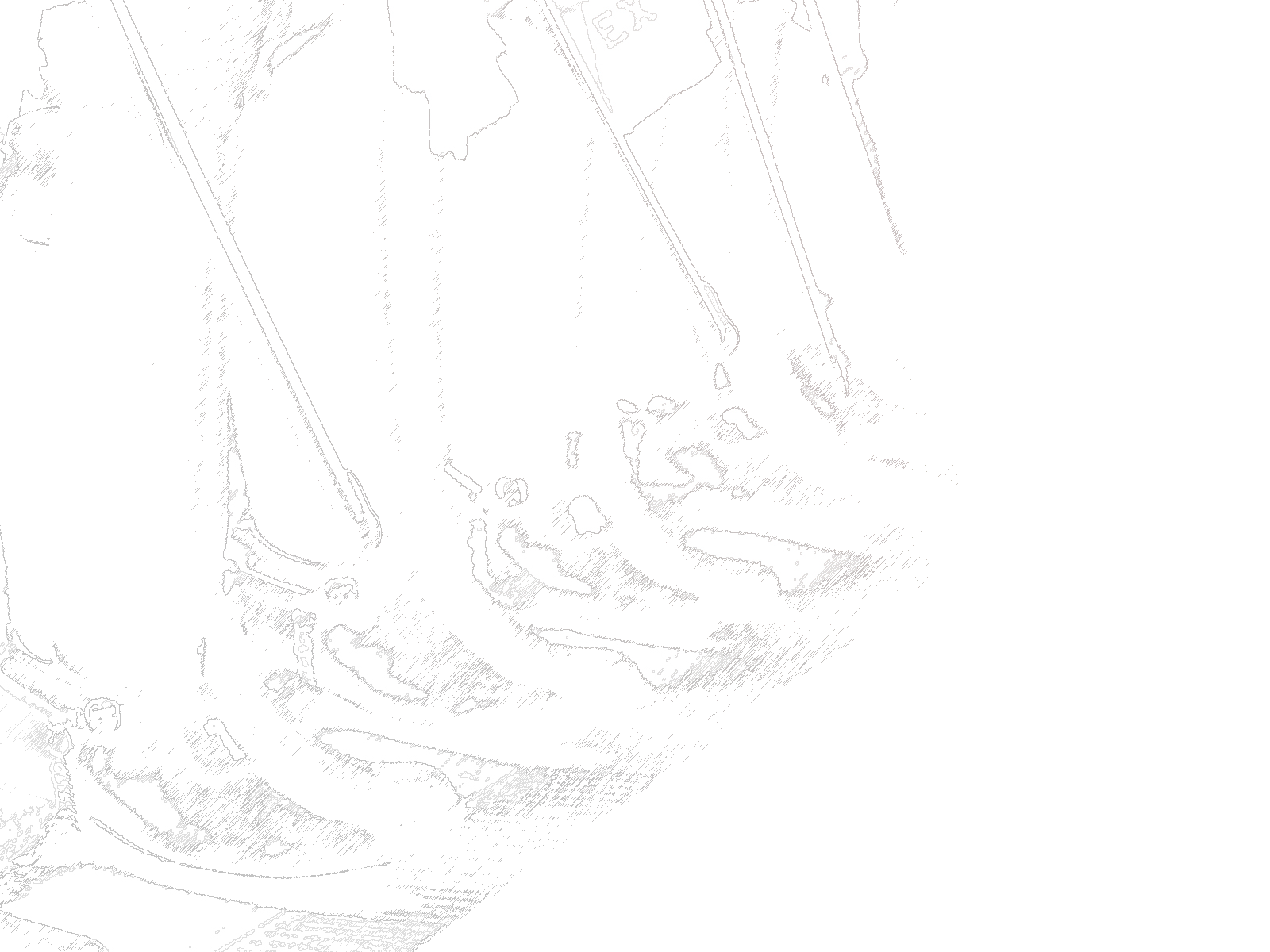What an insulting slight.
The recently-opened National Museum of African American History and Culture is a long overdue and highly anticipated addition to the preservation of our great nation’s history along our National Mall.
The museum is devoted to the documentation of African American life, history, and culture. According to the museum, “it explores what it means to be an American and share how American values like resiliency, optimism, and spirituality are reflected in African American history and culture.”
It is troubling, however, that in telling this story the remarkable life of Supreme Court Associate Justice Clarence Thomas is notably absent.
Justice Thomas grew up in the African American community of Pin Point near Savannah, Georgia in my district. Settled in 1896 by former slaves from Ossabaw, Green, and Skidaway Islands, the self-sustaining community created their own school and church and ran coastal industries including shrimping, crabbing, and oyster harvesting.
Pin Point was home to many from the Gullah-Geechee community, including Thomas. The Gullah and Geechee cultures in Coastal Georgia have preserved ethnic traditions from West Africa since the mid-1700s. In their home, Thomas’ family spoke Gullah, the language of their ancestors and the community.
The rich history of Pin Point and the Gullah-Geechee culture alone is worthy of inclusion in the museum.
Thomas did not let his humble and modest beginnings stand in the way of rising to the height of his profession. After briefly attending seminary, he went on to graduate from Yale University Law School where he established the school’s black student union. After law school, he embarked on a distinguished career of public service including serving as Assistant Secretary for Civil Rights at the United States Department of Education. In 1982, he earned an appointment by President Ronald Reagan to the Equal Employment Opportunity Commission (EEOC). As Chairman of the EEOC, his work to end workplace discrimination led to one of the largest settlements in the agency’s history.
After the retirement of Justice Thurgood Marshall, the first African American to serve on the Supreme Court, Clarence Thomas was nominated to replace him by President George H.W. Bush. Since his confirmation to the Court in 1991, Thomas has heard approximately 2,000 oral arguments including landmark cases such as Bush v. Gore, NLRB v. Noel Canning, and Burwell v. Hobby Lobby.
Yet, in a museum which claims to highlight American values like resiliency and optimism, Justice Thomas has been awarded no more than one line in a prominent display of Anita Hill.
Absent is even the slightest mention of his remarkable story and critical contributions to the United States and our judicial system.
In a museum which is designed to “tell the American story through the lens of African American history and culture,” this omission is a tragedy.

0 Comments